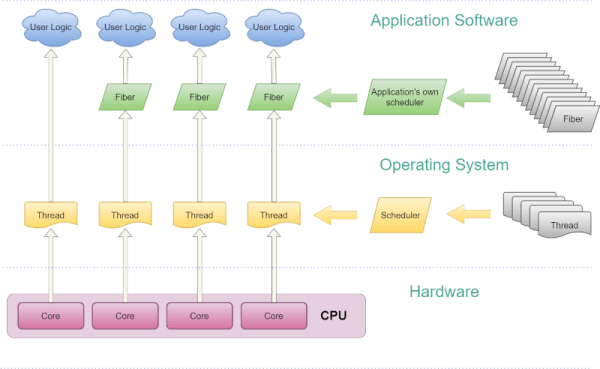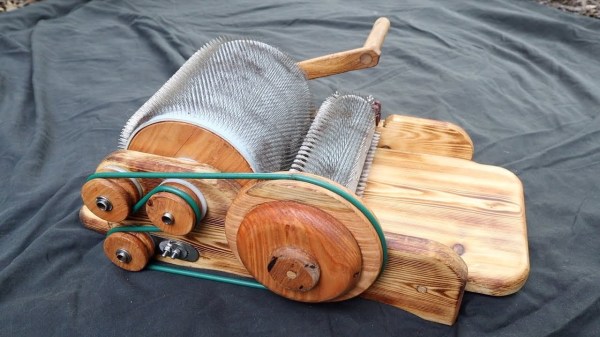You’ve probably heard of multithreaded programs where a single process can have multiple threads of execution. But here is yet another layer of creating multitasking programs known as a fiber. [A Graphics Guy] lays it out in a lengthy but well-done post. There are examples for both x64 and arm64, although the post mainly focuses on x64 for Windows. However, the ideas will apply anywhere.
In the old days, there was a CPU and when your program ran on it, it was in control. But that’s wasteful, so software quickly moved to where many programs could share the CPU simultaneously. Then, as that got overloaded, computers got more CPUs. Most operating systems have the idea of a process, which is a program that thinks it is in complete control, but it is really sharing the CPU with other processes. The problem arises when you want to have multiple “little” programs that cooperate. Processes are not really supposed to know about one another and, if they do, there’s usually some heavy-weight communication mechanism allowing them to talk.













